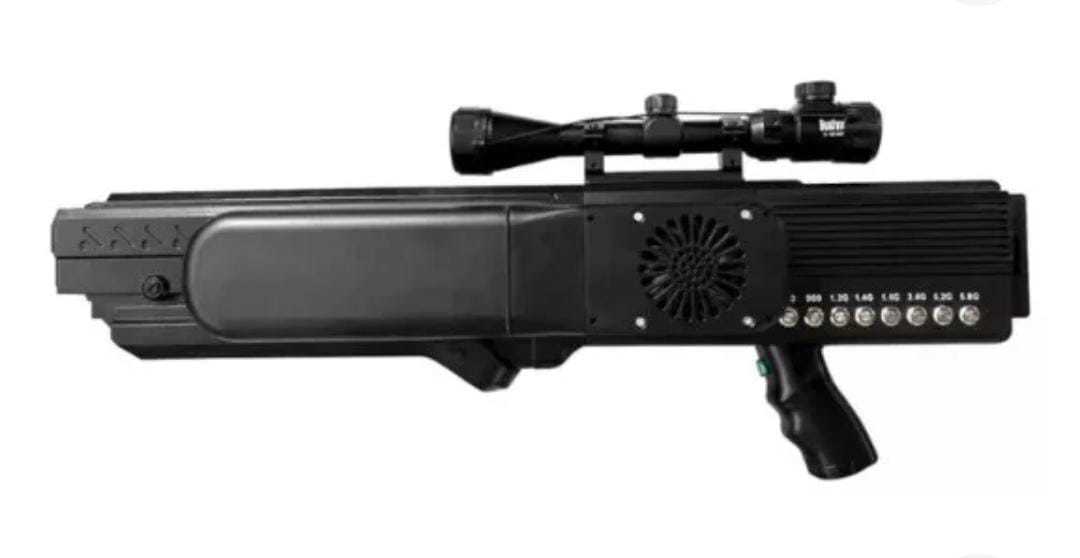Electromagnetic UAV Jammer: How to Effectively Interfere with Drone Signals
2025-07-22
In today's era of rapid technological development, the widespread use of drones has also introduced potential risks, such as privacy infringement and interference with aviation safety. As a countermeasure, electromagnetic UAV jammers have emerged. So, how do they effectively interfere with drone signals?

First of all, the function of an electromagnetic UAV jammer is based on targeted interference with the communication frequency bands used by drones. Drones rely on specific frequencies for remote control, telemetry, and video transmission. Common civilian drones typically operate in the 2.4GHz or 5.8GHz frequency bands. The jammer emits powerful electromagnetic signals in these same or overlapping frequency ranges, disrupting the communication link between the drone and its controller. This also includes interference with FPV (First Person View) video transmission, which allows drone pilots to view real-time footage via onboard cameras. By jamming the FPV signal—usually transmitted on 5.8GHz—the drone operator loses visual situational awareness, making control much more difficult.
Secondly, the output power of the jammer is crucial. Sufficient signal power ensures that the interference can overpower the drone's signals within a certain effective range. When the strength of the jamming signal exceeds that of the drone's communication or FPV feed, the drone may lose connection with the controller, resulting in hovering, forced landing, or uncontrolled flight.
Furthermore, the modulation technique used by the jammer can also affect its effectiveness. Using modulation methods that match or imitate the signal characteristics of the drone's communication protocols can increase interference efficiency. This is particularly important in disrupting complex digital signals used for FPV streaming or telemetry feedback.
In addition, the directionality of the jammer is an important factor. Advanced electromagnetic UAV jammers often have directional antennas that allow the jamming signal to be focused toward the target drone. This focused approach not only increases the effective range and jamming intensity but also reduces the chance of interfering with unrelated devices or other communication systems.
However, it is essential to follow relevant laws and regulations when deploying electromagnetic UAV jammers. Unauthorized or indiscriminate use may disrupt legitimate radio communications and affect legal drone activities. Only under legal and controlled conditions can electromagnetic UAV jammers serve as effective tools for interfering with drone signals, especially FPV systems, to safeguard privacy, public safety, and critical infrastructure.
Related News












